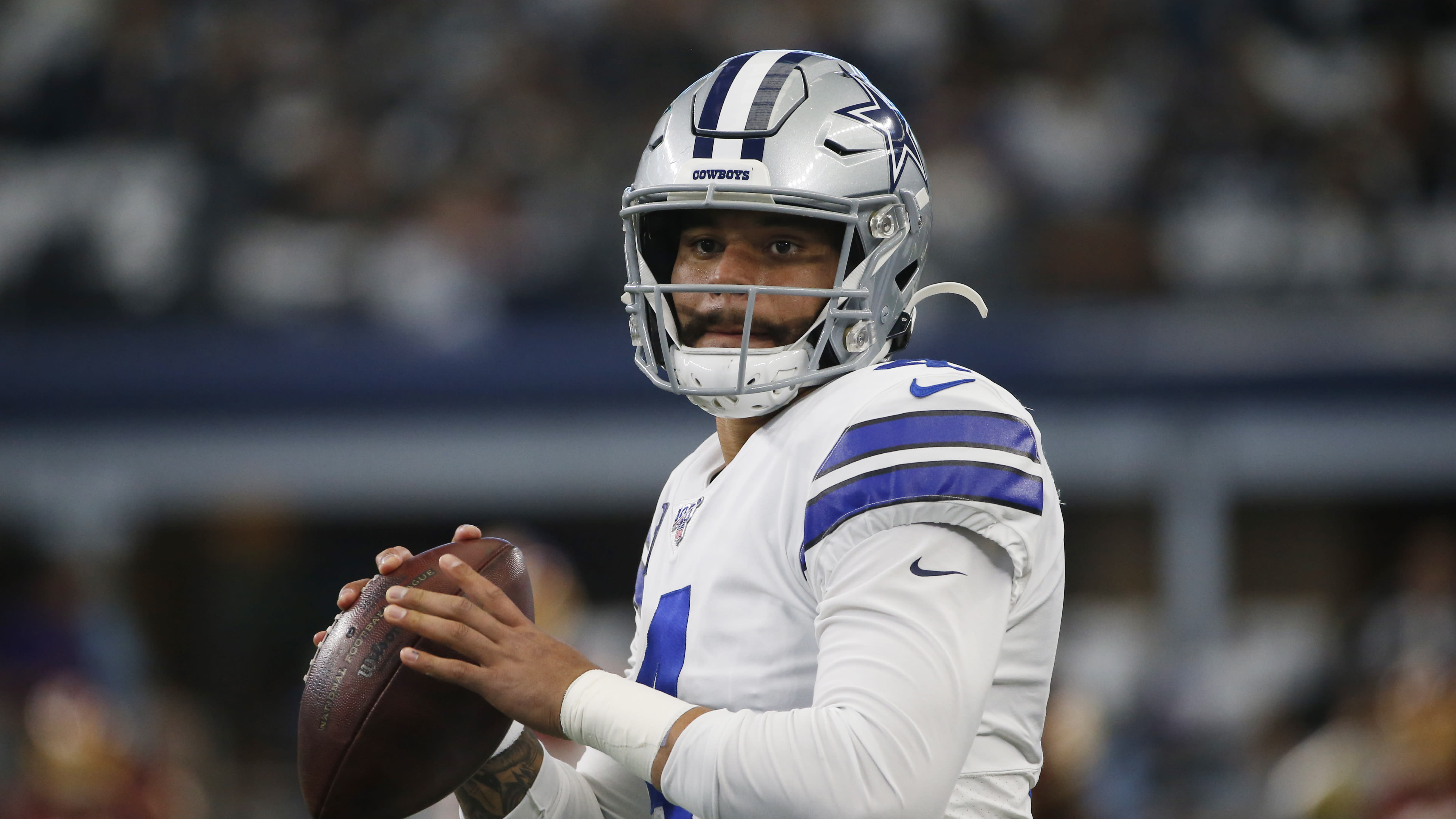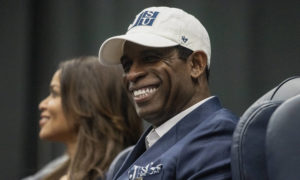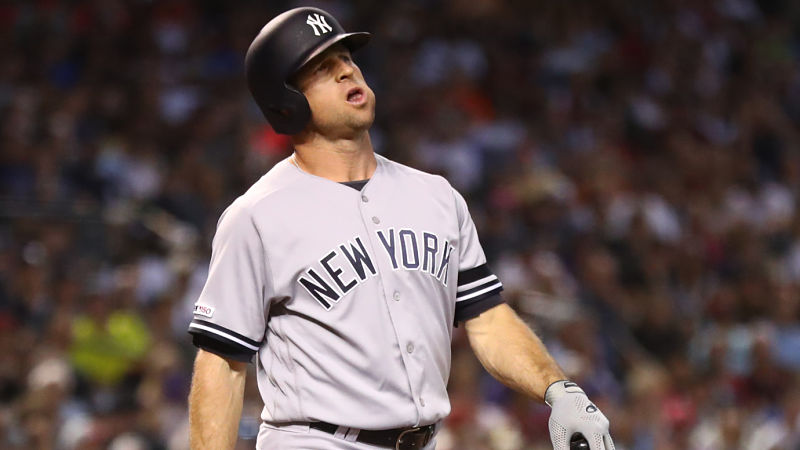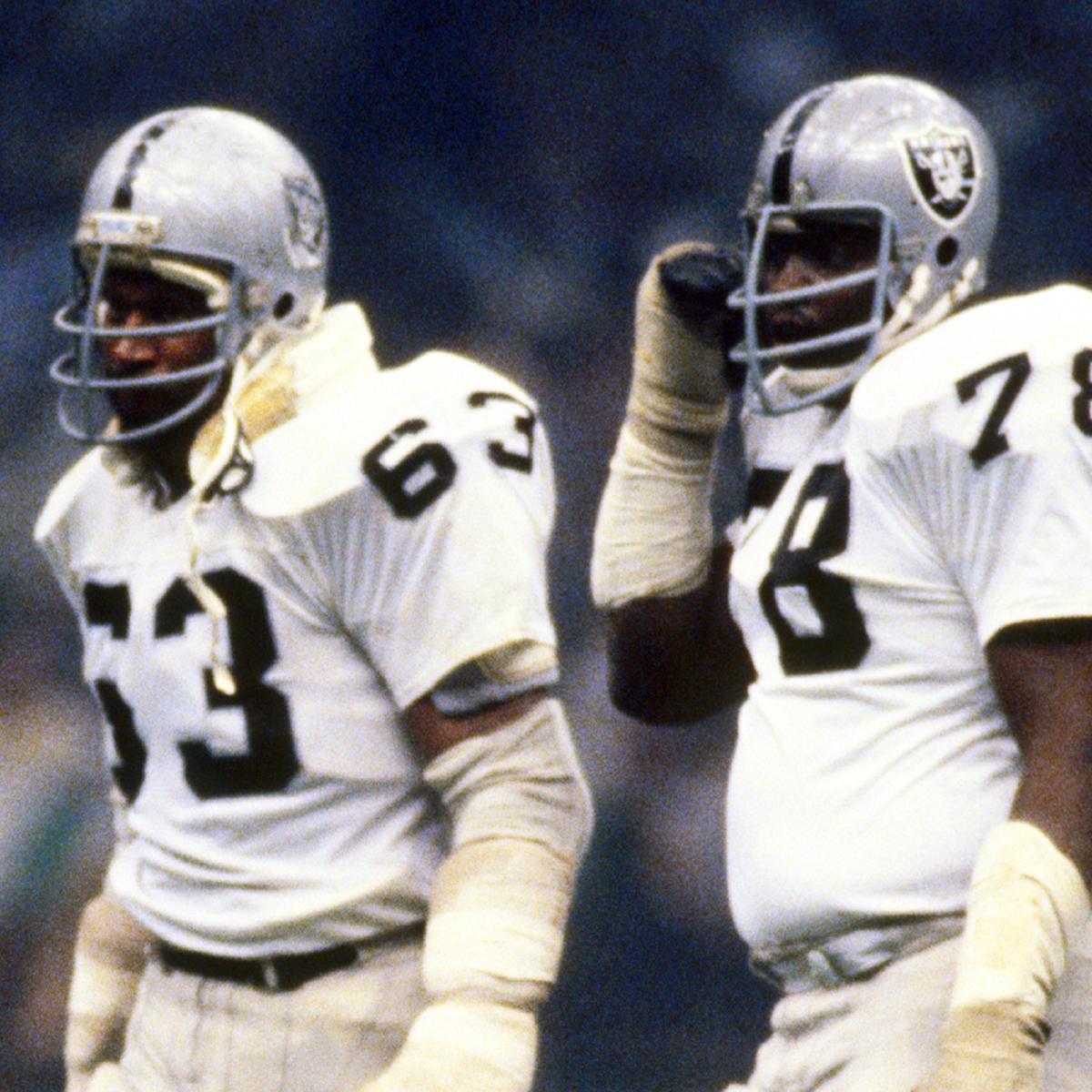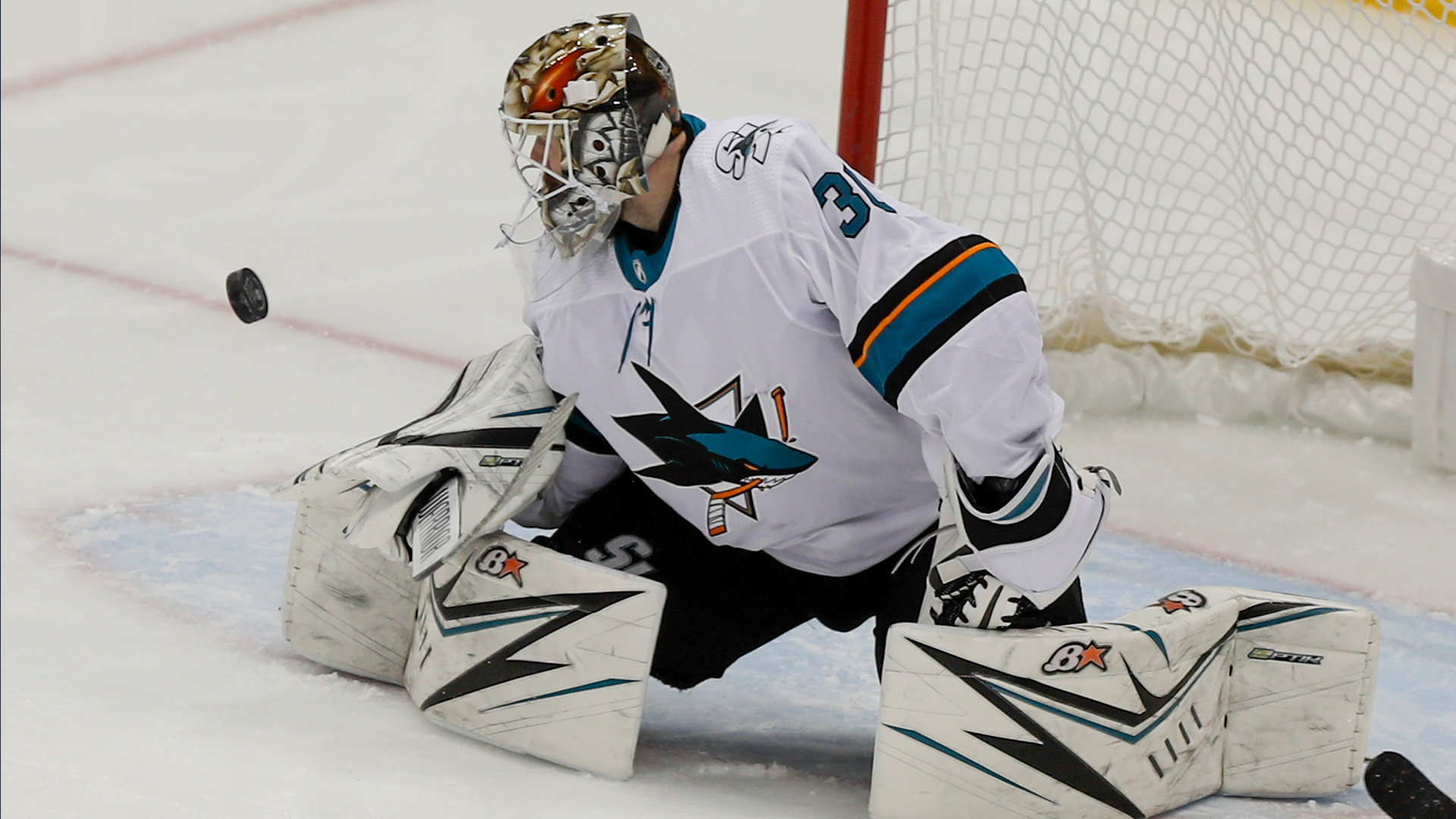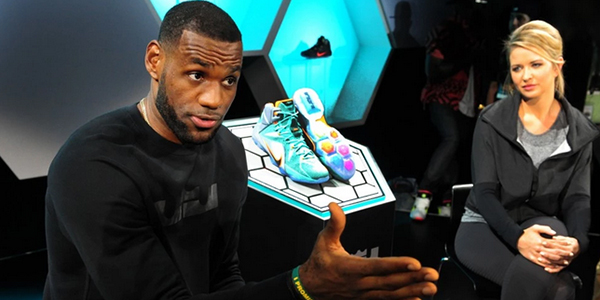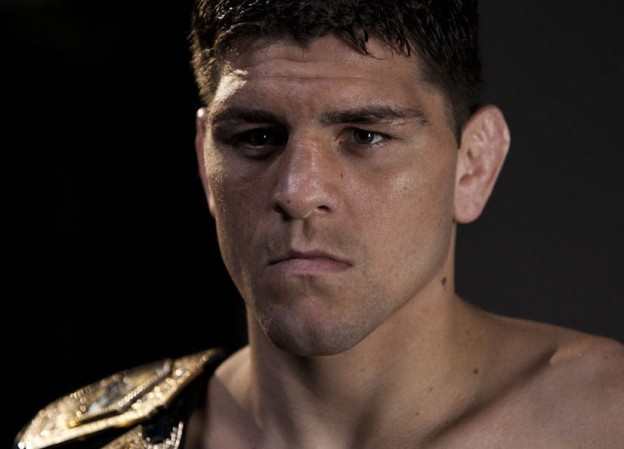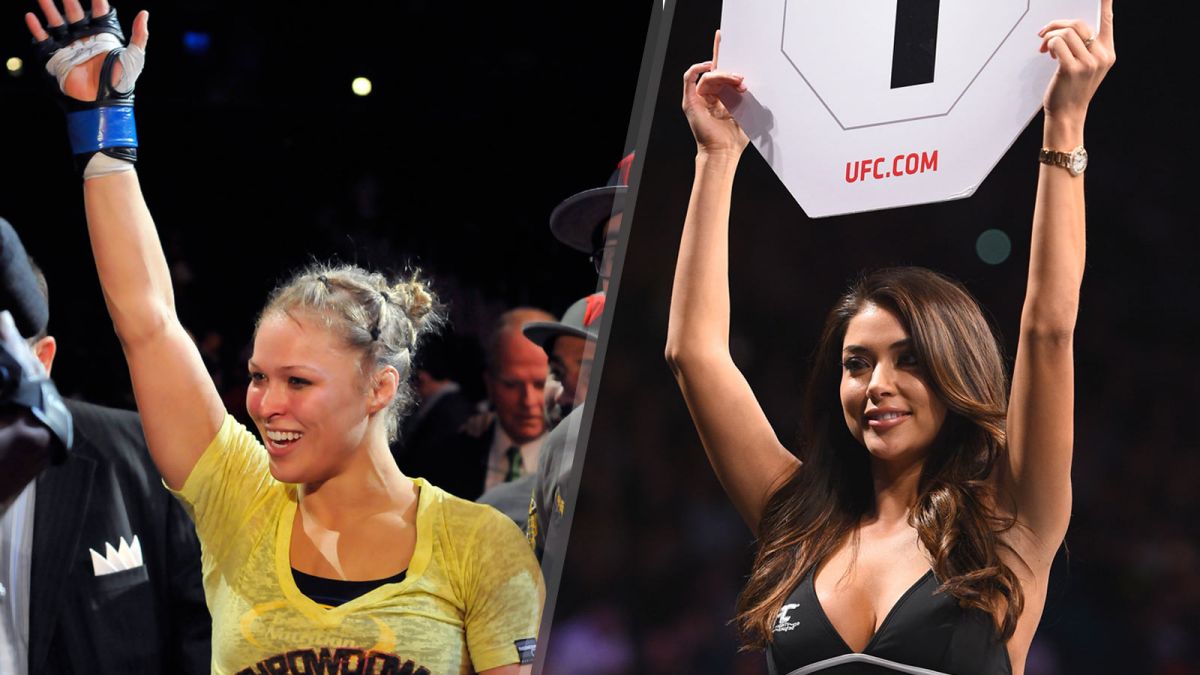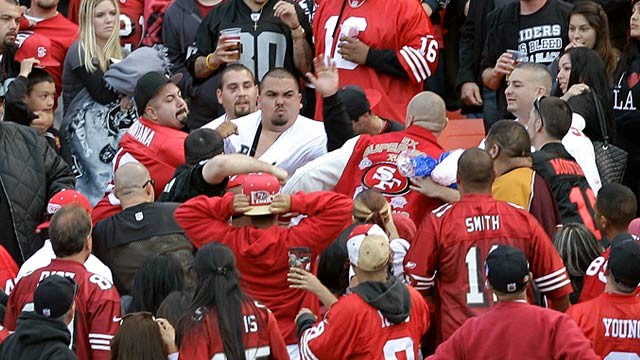Quarterback play is the ultimate driving force behind team success. This year, it will be more important than ever for starting signal-callers to play to the best of their abilities, improve on their flaws and live up to expectations now that there exists the potential of COVID-19 taking out star players for an extended period.
This begs the question, what exactly do all 32 NFL teams need from their quarterback in 2020, especially now that there’s the chance of a game-wrecking receiver or defensive back having to miss time?
Murray, No. 1 overall pick in the 2019 NFL draft, may have won Offensive Rookie of the Year by a good margin, but he was far from perfect in his first NFL campaign. He showed some promise over a mid-year stretch, posting a 78.8 PFF grade from Weeks 5-11, but then came back from his Week 12 bye and had two performances that were among the worst at the position all year long (sub-30.0 PFF grades in each).
We just have to be patient with Murray. While we aren’t expecting an MVP campaign from him in 2020, we are confident he can get there eventually and expect improvement in Year 2. For Arizona’s sake this year, though, he needs to prove us wrong.
Matt Ryan played behind the worst offensive line of his career in 2019. The Falcons failed to crack the 25th percentile in team pass-block grade and allowed Ryan to be pressured on 39.2 percent of his dropbacks, the fifth-highest rate in the league.
Ryan is one of the most underappreciated quarterbacks in the NFL, and he performed exceptionally well in 2019 when the offensive line did its job. He ranked fifth in the NFL in clean-pocket passing grade. Under pressure, however, things went south. He had the third-most turnover-worthy plays, with 18, and ranked 23rd in passing grade. Ryan will face a significant amount of pressure in 2020 — it’s just about preventing those uncharacteristically bad decisions he so often made in 2019.
Jackson didn’t have to do it often last year, but when he did, he performed poorly. His passing grade on such instances ranked just 26th. Of course, he does damage on the ground, but Jackson has yet to prove he can deliver when teams know he has to pass to make up a deficit.
Accuracy was our biggest concern with Allen when he was coming out of Wyoming, and so far, he has unfortunately proved us right. He might have an absolute rocket-launcher for an arm, but the accuracy just isn’t there for him to consistently hit receivers deep downfield.
He owned the lowest average depth of target (6.1), had the lowest rate of pass attempts to travel 10 or more yards (21 percent, lowest by 4 percentage points) and generated the highest percentage of completions coming from underneath targets (49 percent). Bridgewater also completed only seven passes of 20-plus yards, and all but one was to an open receiver. There were several instances in which he wasn’t aggressive enough to take more than the defense gave him. As of now, he very much has the game manager label — he’ll get a chance to shed that reputation in 2020.
Chicago Bears: At least average play
It’s no secret at this point that Mitchell Trubisky has completely underwhelmed. He has had a couple of impressive performances, with his most memorable being against the Buccaneers in Week 4 of 2018, but he has more often produced at a below-average level. In fact, Trubisky has 14 games since 2018 in which he has failed to produce a passing grade of at least 60.0. That’s two more instances than any other quarterback over that span. For perspective, Patrick Mahomes and Deshaun Watson combined for only 11 such games.
Nick Foles offers the most upside and has a shot at giving the Bears at least average play at the position, something the team desperately needs. He has two of the best games we have ever seen in the postseason at the position — in 2017 in the conference title game and in the Super Bowl (PFF grades of 93.8 and 92.3) — and failed to produce a 60.0 passing grade in only two of his 10 games with at least 15 pass attempts over the past two years (including postseason).
Cincinnati Bengals: Joe Burrow being unfazed by pressure
Cincinnati will look for Burrow to maneuver in messy pockets with ease like he did at LSU. He’ll have to do that routinely in 2020 to lead the Bengals to success, considering how bad of shape the offensive line is in.
While it’s lofty to expect him to handle the pressure with ease right out of the gate — especially in a season heavily impacted by COVID-19 — if anyone can do it, it’s Burrow. He maneuvers the pocket exceptionally well and is completely unfazed in the pocket despite behemoth defensive linemen throwing their bodies at him.
The Bengals need rookie quarterback Joe Burrow to be unfazed by pressure in 2020. (Bryan Woolston/AP)
Cleveland Browns: The 2018 version of Baker Mayfield
After producing an 83.2 PFF grade in 2018 that was 10th-best in the NFL and the best mark we saw from a rookie quarterback since Russell Wilson and Robert Griffin III in 2012, we expected Mayfield to take that next step and establish himself as a top-10 quarterback in the league. Then, about the worst possible scenario occurred, outside of an injury, in 2019.
Mayfield’s PFF grade dipped to 73.5, failing to rank in the top half of the league. The entire Browns offense looked out of sync under Freddie Kitchens. But, fortunately for Mayfield, things are trending up with Kevin Stefanski now running the show.
Mayfield’s dip in play last year shouldn’t be pinned completely on the scheme — he made his fair share of mistakes, too. It was an uncharacteristic year from Mayfield compared to what we saw from him as a rookie and throughout his time at Oklahoma. It’s no guarantee, but we are confident in him bouncing back to form in Stefanski’s system this season.
Dallas Cowboys: Succeeding in unfavorable situations without the help of the supporting cast
With the right mix of his own play, a great supporting cast and playcaller/scheme, Dak Prescott had an impressive season in 2019 and was the second-most valuable quarterback in the NFL. And that’ll be no different in 2020.
To justify his high contract demand and finally end the “should Dak get paid saga,” Prescott has to start making some plays in unfavorable situations. Last year, he ranked third-to-last in passing grade when not throwing to his first read and led the league in turnover-worthy plays (11) on such throws. Prescott can produce at a top-10 level in any given year — he just needs to show he can do so without relying so heavily on others.
Dak Prescott will need to prove that he can making winning plays without relying too heavily on the Cowboys’ supporting cast. (Brandon Wade/AP)
Denver Broncos: A complete 180 in downfield passing
The NFL world has lofty expectations for Drew Lock ahead of his 2020 sophomore campaign. Lock is fresh off a rookie year in which he earned just a 57.6 PFF grade. He didn’t have enough reps to qualify for the 32 ranks, but that mark would have placed him at 30th if he had. If Lock is going to get anywhere near an above-average level in 2020, he has to vastly improve his downfield passing.
His grade rank on throws 10-plus yards downfield was the worst in the league last year. Lock has a great slew of receivers at his disposal now with the additions of Jerry Jeudy and K.J. Hamler, and if those two and Courtland Sutton stay healthy this season, there’s no excuse for Lock to underperform.
Detroit Lions: The MVP-caliber Matthew Stafford we saw prior to injury last year
Stafford was having a career year in 2019 before suffering a season-ending injury midseason. Through Weeks 1-9, Stafford produced an 82.6 PFF grade, which stands as the best of his career and ranked eighth in the NFL at the time.
A big reason why he was in the MVP conversation before his injury is because he was finally given the green light to air it out and push the ball deep. Stafford’s average depth of target jumped over 4 yards from 2018 to 2019 (11.4) and was 2.5 yards more than any other single season of his career. That aggressive play style clearly paid off for Detroit’s offense, leading to 25 big-time throws from Stafford through Week 9, which placed him among the league leaders at the time (in second, behind Russell Wilson). Detroit’s offense is high-risk, high-reward, but it will lead Stafford to success in 2020 assuming no injuries get in the way.
Green Bay Packers: Get back to hitting easy throws at the short and intermediate levels
Aaron Rodgers was still a top-10 quarterback in 2019 in regard to passing grade, but it’s no secret that he isn’t the same player of the past. He’s still producing a high rate of big-time throws and avoiding turnover-worthy plays, but Rodgers has been such a great quarterback because of his ability to routinely hit the easy throws. And he is slipping in that regard.
Last season, Rodgers produced a below-average negatively graded throw rate on passes targeted between 1-19 yards downfield that ranked 18th of 32 qualifying quarterbacks. Among that same group, he tied for 20th in percentage of accurate passes thrown. While he is slowly declining, Rodgers is still very much one of the top quarterbacks in the league. If he can get back to hitting those easy throws, Rodgers will reclaim his top-tier status.
Houston Texans: Consistency
Deshaun Watson is capable of playing at an MVP level. He’s proven it on numerous occasions over the past two years, with 12 games in which he recorded a passing grade above 80.0. That total trailed only Patrick Mahomes and Drew Brees, who both sat at 13, for the most in the NFL.
At the same time, however, Watson has also had several abysmal outings. He’s had four regular-season games since 2018 that resulted in a sub-50.0 passing grade, which is tied for the fifth-most among quarterbacks who enter 2020 as starters. And that doesn’t even include his 2018 playoff performance against Indianapolis, when he earned a 44.8 passing grade. Watson can make special plays outside the structure, but he sometimes sticks around too long, waiting for that big play. Taking throws that the defense gives him at times will help him find some consistency and, perhaps, get to that MVP level.
Deshaun Watson is capable of playing at an MVP level, and the Texans will need consistency this season. (Brett Coomer/Houston Chronicle via AP, Pool)
Indianapolis Colts: Downfield accuracy
The Jacoby Brissett experiment has come and gone, and Philip Rivers is set to take the reins.
While there was an apparent decline in Rivers’ game last year, we shouldn’t forget that he is only two years removed from being the third highest-graded passer in the NFL, which was higher than Andrew Luck. Rivers dropped to an average grade in 2019 and had some pretty head-scratching decisions at times that led him to produce the third-most turnover-worthy plays. However, he was still accurate on a throw-for-throw basis downfield. On throws of 10-plus yards, Rivers ranked eighth in the NFL in the percentage of accurate passes thrown and did so behind a poor offensive line, which won’t be the case in Indy.
Jacksonville Jaguars: Better ball protection
Gardner Minshew was certainly the surprise of the 2019 season. No one expected the sixth-round selection to play a down in his rookie campaign, but an injury to Nick Foles thrust him into the starting role, and he shattered expectations. He posted a respectable 70.0 passing grade and made up his subpar tools and arm strength with tremendous touch and overall accuracy downfield. That helped him produce the third-best deep passing grade in the NFL, helped by a perfect big-time throw to turnover-worthy play ratio of 16 to 0.
However, Minshew’s fumbles kept his grade from being even better. His eight turnover-worthy plays that were fumbles tied for the fourth-most in the NFL. Minshew often played with fire on later downs, but this aspect of his game should get better with more reps.
Kansas City Chiefs: Keep being MV-Pat
There’s really nothing to critique about Patrick Mahomes without being nitpicky. Including postseason play, Mahomes has produced a 92.5 passing grade since 2018 as well as a whopping 87 big-time throws — both of which ranked second. He leads the most explosive offense in the NFL, ranking first in deep, 20-plus-yard completions over that span (87, eight more than second and only three other quarterbacks have more than 60). As long as he maintains that play, the Chiefs are contenders for the Lombardi Trophy.
If Patrick Mahomes keeps up his MV-Pat level, the Chiefs are Super Bowl favorites. (Charlie Riedel/AP)
Las Vegas Raiders: Be more than a game manager
Derek Carr has been under fire of late, though some of that criticism might not be entirely justified. Overall, Carr was pretty solid in 2019. He earned an 81.2 passing grade, eighth at the position; he was also accurate and limited negatively graded passes on a throw-for-throw basis.
However, Carr also recorded the league’s highest checkdown rate, while his 6.9 average depth of target tied for the second-lowest mark league-wide. The only quarterbacks to not have a single big-time throw when out of rhythm in 2019 were Mason Rudolph, Joe Flacco, Case Keenum and Carr — he simply has to fix that in order to get the respect he wants.
Los Angeles Rams: Cracking down on the forced throws
Jared Goff took a big step back in 2019, just one season after leading his team to the Super Bowl. His grade rank dropped from seventh to 18th, and he went from above-average in both positively and negatively graded throw rate to below-average in both.
There is one area, in particular, the Rams need Goff to improve on — they need him to stop forcing throws into tight coverage when he doesn’t have to. Goff did this far too often in 2019. His 12 turnover-worthy throws to a tight window when kept clean were the second-most behind Jameis Winston. The lowly offensive line certainly played a part in his regression, but this is one of the reasons why Goff is also to blame.
Los Angeles Chargers: No panicky play from Justin Herbert
Herbert is the quarterback of the future for the Chargers after being selected sixth overall in the 2020 NFL draft, and he is bound to see game action at some point this season.
Herbert didn’t quite show up when the Oregon Ducks needed him most. Three of his four lowest-graded games of the season came in Oregon’s three biggest games of the year (Week 1 vs. Auburn, Pac-12 championship vs. Utah and Rose Bowl vs. Wisconsin). You could see panic when any type of pressure was coming his way — and this led to a lot of errant throws. Herbert posted the fourth-worst negatively graded throw rate when under pressure in the FBS in 2019. He may have a cannon, but Herbert has to show more calmness under duress to believe that he is the long-term solution for L.A.
Rookie Justin Herbert is the future for the Chargers, and he is expected to see game action this season. (Jae C. Hong/AP)
Miami Dolphins: Fitzmagic is here to stay
Considering Tua Tagovailoa’s injury, the shortened offseason due to the pandemic and the fact the offensive line is perhaps the worst in the league, it would be hard to imagine the fifth overall pick getting considerable reps over Ryan Fitzpatrick in 2020. Miami spent a boatload in free agency, secured one of the top cornerbacks in the NFL in Byron Jones and is set to field a plethora of young, talented rookies, but they are still very much a work in progress. They can, however, perhaps cause some chaos in this COVID season if Fitzmagic is here to stay.
Fitzpatrick is coming off the two highest-graded seasons of his career. The veteran signal-caller had to deal with a subpar supporting cast and also faced an incredible amount of pressure in 2019, but he still managed to rank eighth in the NFL in positively graded throw rate.
Minnesota Vikings: Kirk Cousins plays as he did in 2019
Kevin Stefanski and Gary Kubiak put together the perfect offense for Cousins in 2019. He posted a career year, and the Vikings had the fourth-most efficient passing attack in regard to EPA per pass play.
Cousins produced an 85.9 passing grade last season, fourth in the NFL. However, that grade rank jumped to second on just play-action passes, and it ranked first on designed rollouts. Cousins doesn’t need to be superman. He can win with this offense, as he proved last season.
New England Patriots: A healthy Cam Newton
The last time we saw Newton (Week 2 vs. Tampa Bay), it was nothing short of atrocious. It was apparent that Newton’s injury was hindering him from being an effective passer, and it made us all wonder if he would ever regain his 2015 MVP form.
In 2015, Newton produced an 85.0 PFF grade (including postseason) that ranked fifth in the NFL. Through Week 9 of the 2018 season — before his shoulder started bothering him — Newton was 11th in PFF passing grade. New England can extract an above-average year out of Newton if he’s healthy, but that is a big if.
If Cam Newton is healthy, the Patriots could expect 2015 production levels from their new quarterback. (Steven Senne/AP, Pool)
New Orleans Saints: No decline late in the season
The 40-year-old Drew Brees may have ranked second to league MVP Lamar Jackson in PFF grade last year, but many forget Brees’ noticeable drop-off in play to close out the year.
His three lowest-graded games of the season came in his final three games. Up until then, Brees was actually the highest-graded quarterback in the league. Over those final three weeks, however, his passing grade rank fell to 23rd. That was actually just the second time in the PFF era (since 2006) that Brees had three consecutive games in which his PFF grade failed to crack 65.0.
New York Giants: To stop putting the ball in harm’s way
Daniel Jones’ rookie campaign certainly could have been worse. Rookie quarterbacks typically struggle with their first taste of NFL pressure, but in Jones’ case, he did have some fearless reps on tape and made some nice throws under duress, finishing with 11 big-time throws under pressure, tying for the fifth-most in the NFL. He also made a lot of bad decisions and routinely put the ball in harm’s way.
Jones recorded a 5.5 percent turnover-worthy play rate in 2019, which was significantly worse than any rookie quarterback in recent memory. In the PFF era, only Vince Young, Brandon Weeden, Geno Smith and Christian Ponder produced a higher turnover-worthy play rate in their rookie seasons. From forced throws to fumbles, Jones has to take better care of the ball in Year 2.
New York Jets: Prove you aren’t a bust
It is do-or-die time for 2018 third overall pick Sam Darnold. In his first two years, Darnold has produced passing grades of 62.9 (28th) and 64.1 (25th). And while he’s put together a couple of stretches when he looks like he is finally piecing it together, he always seems to revert to the same struggling quarterback.
Yes, you could make the case that Darnold’s supporting cast has done little to help him, but it’s still not the sole reason. Over the last two seasons, he ranks 22nd of 32 quarterbacks in passing grade from a clean pocket, and he has the sixth-most quarterback-fault incompletions on targets to a receiver with separation 10-plus yards downfield.
The biggest thing to worry about is his decision-making. Darnold has produced the fifth-worst turnover-worthy play rate over the last two years, so if he wants to avoid the bust label, he has to show signs of development or else the Jets could be looking at the loaded 2021 class.
Philadelphia Eagles: Accuracy
Carson Wentz is coming off quite a streaky year. He started the year well, earning the highest PFF grade in the NFL through the first six weeks of the season. After that, his grade rank fell to 25th. The story of Wentz’s career is that he thrives in the unstable areas and is relatively average in the stable ones, but an improvement in accuracy will serve him well in the long run — and the good news is that he’s still young enough to develop in this critical area.
He has been subpar when it has come to hitting open receivers with an accurate ball. Over the last two years, Wentz ranks 29th in the percentage of accurate-plus passes thrown to a receiver with a step or more of separation.
Carson Wentz needs to work on his accuracy and avoid another streaky season. (Tim Tai/The Philadelphia Inquirer via AP, Pool)
Pittsburgh Steelers: Play like 2017 Ben Roethlisberger
In 2017, Roethlisberger was the third-highest-graded quarterback. In 2018, it started to look like Big Ben was nearing the end of his high-end play — his PFF grade dipped nearly 10 grading points to 15th among 32 qualifying quarterbacks, and his accuracy took a significant hit.
When throwing at or beyond the sticks in 2018, Roethlisberger produced the NFL’s fourth-worst rate of uncatchable passes thrown, ranking just above Josh Allen, Mitchell Trubisky and Josh Rosen. Then, in the small sample we saw from him in 2019, Big Ben looked even worse as he stumbled to a PFF grade of just 49.0. The Steelers will need their quarterback to reverse course and head back toward his 2017 form if they are to have any chance of staying competitive in 2020.
San Francisco 49ers: Sharper decision-making
Jimmy Garoppolo’s overall production was undoubtedly helped by both Kyle Shanahan’s offensive system and the supporting cast around him. In this particular offense — one that utilizes rollouts, short passes and schemes its receivers into open space so to maximize yards after the catch — Garoppolo simply has to limit uncatchable passes, and he does just that at every level of the field. Garoppolo posted the seventh-lowest rate of uncatchable throws last season, which helped him produce the 13th-best passing grade in regular-season play.
That said, there is one thing bringing Garoppolo down — he struggles to see linebackers and often makes some bad decisions over the middle of the field. Garoppolo had eight turnover-worthy throws over the middle of the field at the short and intermediate levels, tying for the sixth-most in the NFL last year.
Seattle Seahawks: The same Russell Wilson from 2019
According to PFF WAR, the most valuable player last season was Russell Wilson. As it often has been, Wilson’s deep ball was the best in the NFL; he ranked first in passing grade on such throws and had an absurd 34:1 big-time throw to turnover-worthy play ratio on passes throw at least 20 yards downfield. We saw his mobility come in clutch at times with some of the plays he made out of structure, such as the infamous throw he made to Tyler Lockett in the corner of the end zone against the Rams in prime time.
Russell Wilson just needs to replicate an outstanding 2019 campaign. (Elaine Thompson/AP)
Tampa Bay Buccaneers: Stability
The difference the Buccaneers will see at quarterback this season is as large as it possibly can be. Even though Tom Brady is coming off the lowest-graded season of his career in the PFF era (regular season only), he’ll still bring a stability to the offense that it hasn’t seen for a long, long time.
Brady produced “just” a 77.4 passing grade in 2019, but that was still good enough to rank 10th. The accuracy is still there, too, as his rate of accurate passes thrown ranked ninth among NFL starters in 2019. More importantly, Brady had 22 fewer turnover-worthy plays than Jameis Winston.
Tennessee Titans: Prove 2019 wasn’t an outlier
Ryan Tannehill was fresh off one of the lowest-graded seasons we have ever recorded at the position (42.4 passing grade) when he arrived in Tennessee, but he still posted a PFF grade of 91.0 after replacing Marcus Mariota as the starter in 2019.
That 48.6 grading-point differential is the biggest year-to-year improvement we have ever seen from a quarterback. Tannehill earned a fat contract extension as a result, but will we really see that same Tannehill again, or was his 2019 a one-hit-wonder?
It’s very likely that we see Tannehill regress, but he can still have another successful year in Arthur Smith’s offense. The play-action-heavy offense suited him well, and the offensive line up front actually gave him time to throw.
Washington Football Team: Far better pocket presence
There were quite a few promising aspects to Dwayne Haskins’ rookie campaign, not the least of which was how well he took care of the ball — the rookie signal-caller had just a 1.9 percent turnover-worthy play rate in 2019, fourth-best in the NFL — but there are still several things to work on.
He has to improve his pocket presence though, as he took a sack on 33 percent of his pressured dropbacks, the highest rate in the NFL by two percentage points (seven percentage points higher than third). He also invited in nine sacks himself, tying for the 12th-most at the position (keep in mind everyone ahead of him played twice as many snaps).
More from Yahoo Sports:
——
Original article first appeared on Yahoo Sports NFL by Yahoo Sports on 2020 08 30
Read More at https://sports.yahoo.com/what-all-32-nfl-teams-need-from-their-quarterbacks-in-2020-130029741.html?src=rss

